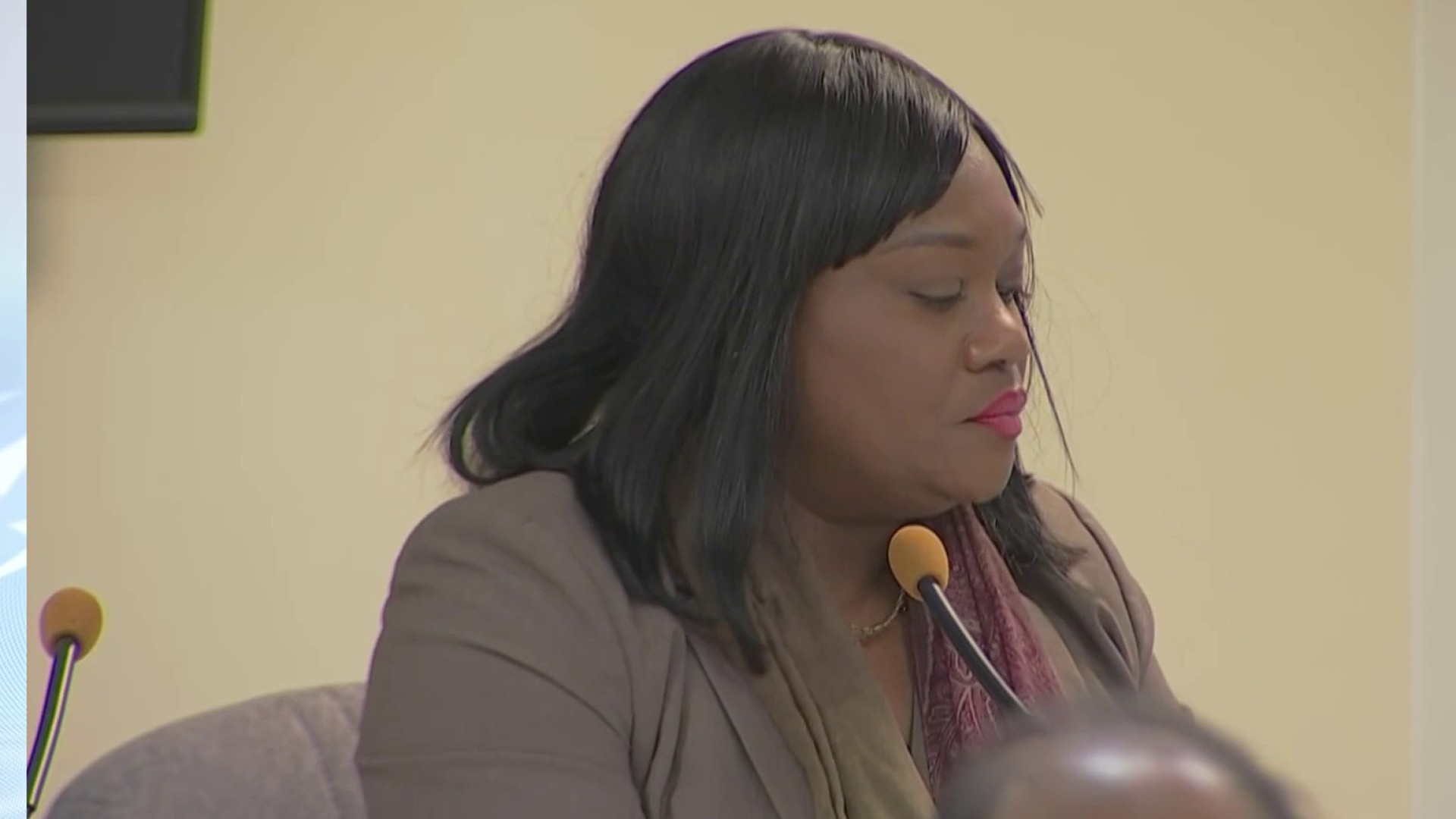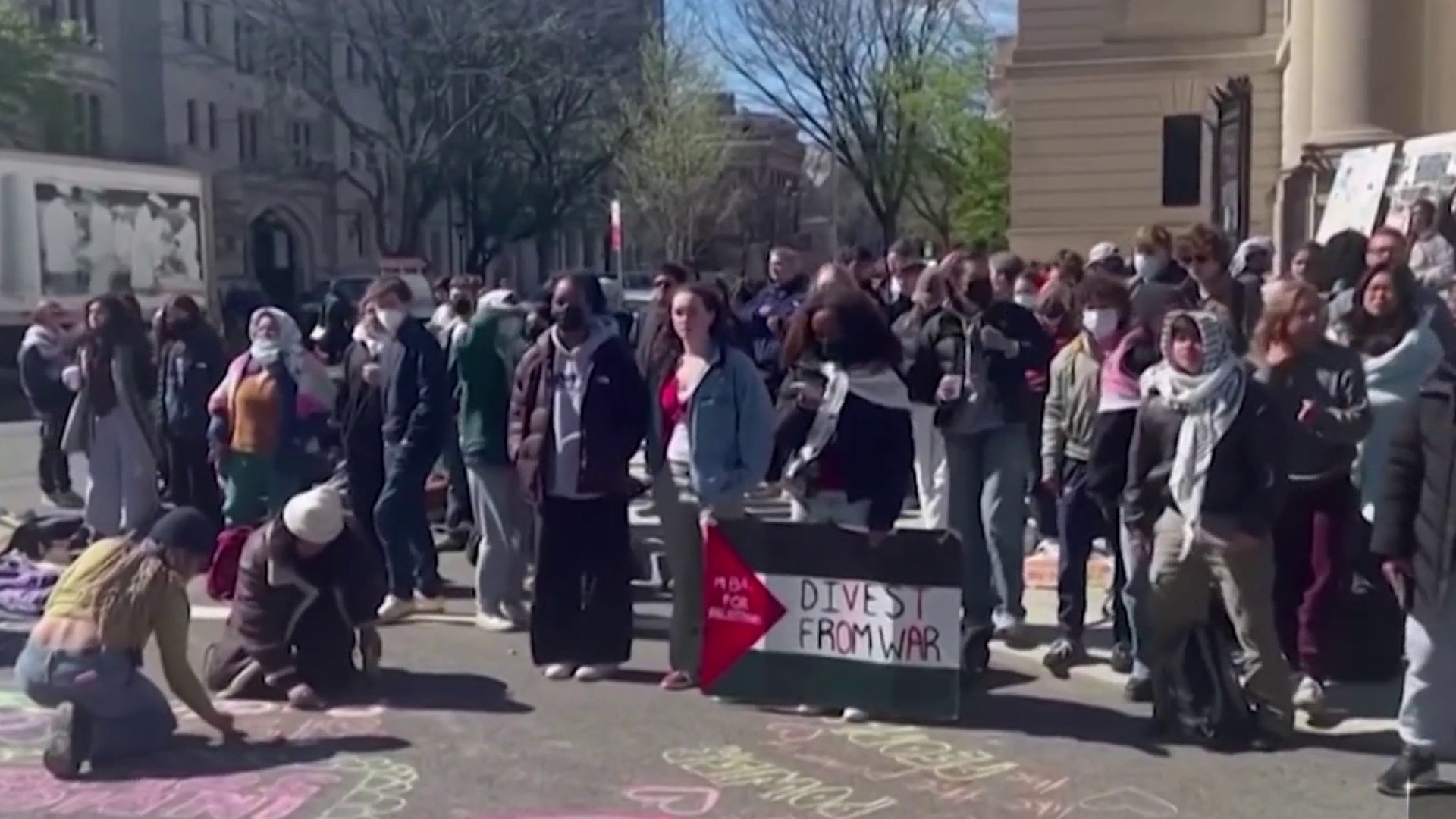If you look up to the sky early Thursday you may see some unusual colors. But don’t worry, it’s not an alien invasion or a hallucination, only a NASA test.
The Wallops Flight Facility originally planned to launch a two-stage Terrier-Improved Malemute sounding rocket early Wednesday but weather pushed the launch window to Thursday then Friday between 4:26 to 4:41 a.m.
"The early morning skies along the Mid-Atlantic coast will light up with luminescent clouds as NASA tests a new system that supports science studies of the ionosphere, and aurora with a sounding rocket launch," NASA said in a news release.
The launch of the canister-filled rocket — this one will deploy its 10 canisters, each the size of a soft drink can, about four to five minutes after launch from the Eastern shore of Virginia — will give scientists the chance to view vapor tracers "formed through the interaction of barium, strontium and cupric-oxide," 96 to 124 miles high.
"It creates glowing clouds, they may be green or they might be slightly red," Franklin Institute chief astronomer Derrick Pitts told NBC10. "What this allows the ground observers to do is trace the motion of the different layers of the earth's atmosphere."
"They are interested in learning more about the dynamics of the atmosphere at that level," Pitts added. "It's going to allow the scientists to gather a lot more information over a larger area."
Local
Breaking news and the stories that matter to your neighborhood.
"(Scientists) want to make sure it's a contrasting color that's not normally seen," he said.
"If you're on the outside looking up, you're going to look up and you'll see some odd-colored clouds," Pitts said. "You'll immediately identify this as not being normal."
In the past, when people have seen the clouds they've called local police departments, NASA and others about the sights in the sky, Pitts said.
[NATL] Unbelievable Animal Stories: Dog Befriends Abandoned Baby Giraffe
NASA and Pitts both said that the artificial clouds pose no hazard to anyone on the ground below.
The observation of artificial clouds dates back decades.
"This is not new, NASA has been doing this for a long, long, long time," Pitts said while adding that the Internet age has increased access to programs like this.
The delivery method of the rocket’s 670-pound main payload may be fairly new, however.
“The development of the multi-canister or ampule ejection system will allow scientists to gather information over a much larger area than previously allowed when deploying the vapor just from the main payload,” NASA said.
While clear skies aren’t necessary for launch, NASA could delay the rocket as the launch window runs through June 6.
The vapor tracers may be visible in Philadelphia but due to light interference, less populated areas closer to the coast might make for better viewing.
"Hopefully you'll be able to see something if it's a clear night," Pitts said. "If you're someplace where the sky is much darker — say if you're over in South Jersey... I'm almost certain you'll be able to see this," Pitts said. He added that the area around Vineland could be the best for viewing.
You can also watch online or in person at the NASA Visitor Center at Wallops.
Click here for more on NASA’s Sounding Rockets program.



